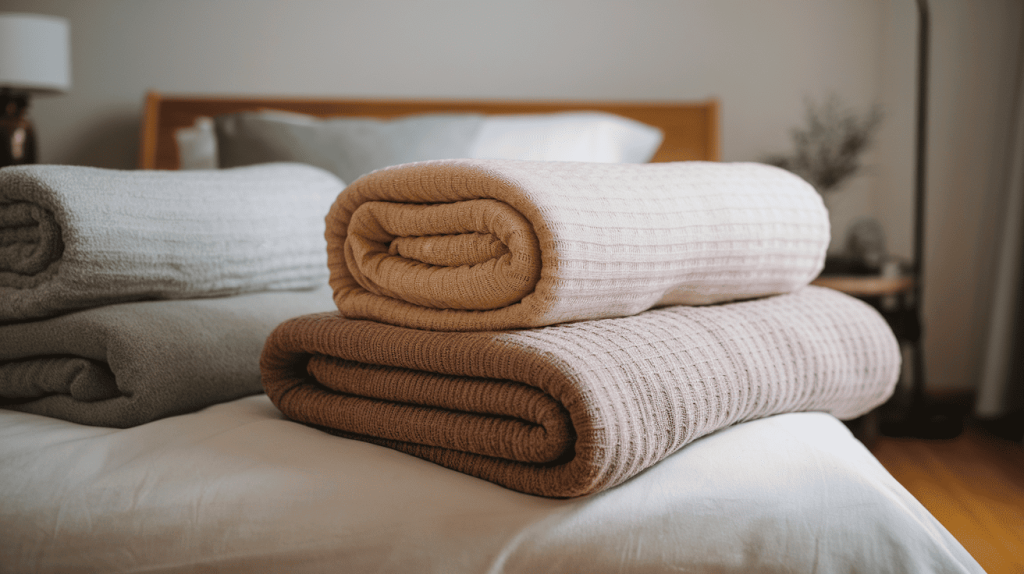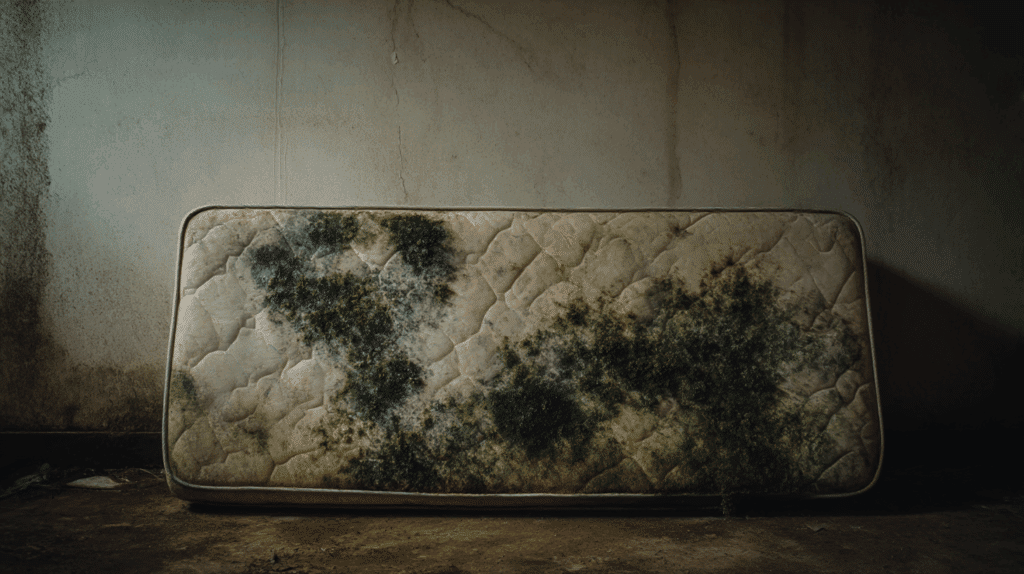Have you ever wondered who invented blankets while snuggling under your favorite cozy cover?
This question takes us through human history that spans thousands of years and reveals surprising secrets about how this essential comfort item came to be.
The story behind blankets touches every culture around the world, from prehistoric times to today’s high-tech materials. Learning who invented blankets will change how you think about that simple cover, keeping you warm right now.
Unlike many modern inventions that have clear creators, blankets have a much more interesting backstory that involves survival, creativity, and the basic human need for comfort and warmth throughout history.
Who Invented Blankets?
Nobody can claim to be the inventor of blankets because they weren’t created by just one person. Instead, blankets developed naturally as early humans figured out ways to stay warm and survive.
Different groups of people around the world came up with similar ideas at different times, all because they needed protection from the cold. The concept emerged during prehistoric times, when survival was the primary concern.
Early humans used whatever they could find – animal hides from their hunts, woven reeds from rivers, and plant fibers from their surroundings. These materials served one simple but crucial purpose: keeping people warm enough to live through harsh weather.
Blankets evolved from pure necessity, making them one of humanity’s most practical and universal inventions.
The Earliest Blankets in Human History

The first blankets weren’t soft or colorful like today’s versions. Prehistoric humans used animal hides and thick fur from bears, mammoths, and other large animals to stay warm during cold nights.
These weren’t really “invented” but were simply survival tools that kept people alive in harsh weather.
Archaeologists have found evidence of early blankets in ancient sites. In some Neolithic settlements, scientists discovered pieces of woven plant fibers that were likely used as simple blankets around 9,000 years ago.
These early humans learned to weave grasses and other materials together to create basic coverings. Back then, blankets weren’t about comfort or style – they were essential for survival.
Without these simple coverings, early humans might not have survived the cold winters that could last for months.
Did Thomas Blanquette Really Invent the Blanket?
The story goes that Thomas Blanquette, a Flemish weaver who lived in England during the 1300s, gave blankets their name. However, this is more legend than fact.
Blanquette didn’t actually invent blankets – people had been using coverings for warmth for thousands of years before he was born. What Blanquette might have done was help make the word “blanket” popular.
Some historians think his name became connected to the thick, woolen coverings that were common in medieval Europe. During this time, wool weaving was a huge business, especially in England and Flanders.
These regions produced high-quality woolen goods that were traded across Europe. So while Blanquette didn’t create the first blanket, he may have helped give this essential item its lasting name.
How Blankets Evolved Across Cultures
Blankets developed differently around the world as people used local materials and created their own styles. Each culture made blankets that fit their climate, available resources, and traditions.
These differences show how one simple idea – staying warm – led to an amazing variety across continents.
1. Asia
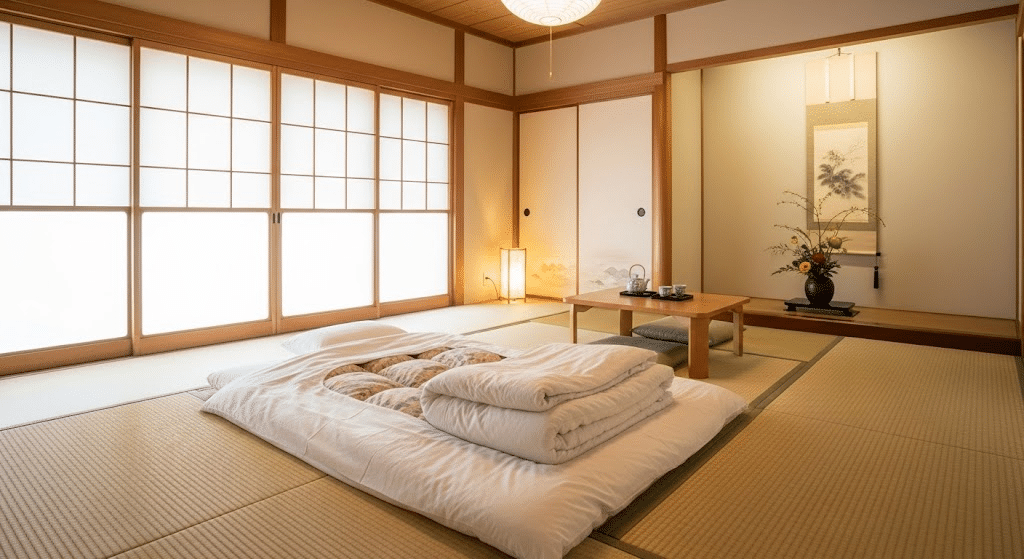
In Asia, cotton became the favorite material for blankets because it grew well in the warm, wet climate. Japan developed a sleeping system with futons, thick cotton mattresses that could be folded and stored during the day.
Japanese families would layer cotton blankets on top of futons to stay cozy. This system saved space in small homes and kept bedrooms tidy and organized.
2. Africa
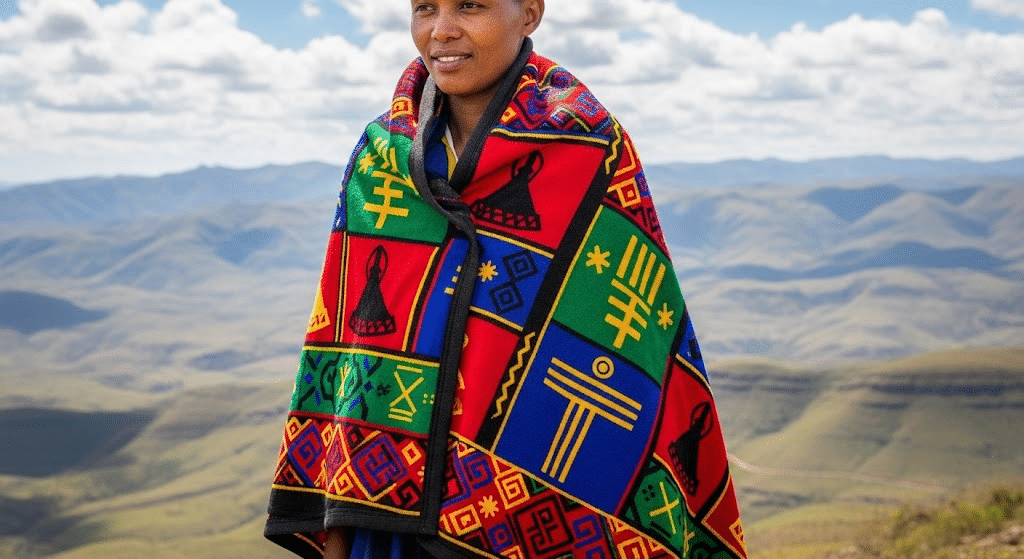
African cultures turned blanket-making into an art form. The Basotho people of southern Africa created colorful woven blankets that weren’t just for warmth – they showed a person’s status and told community stories.
These blankets used bright patterns and symbols that had special meanings. Today, traditional African blankets are still worn during important ceremonies and celebrations as symbols of cultural dignity.
3. North America
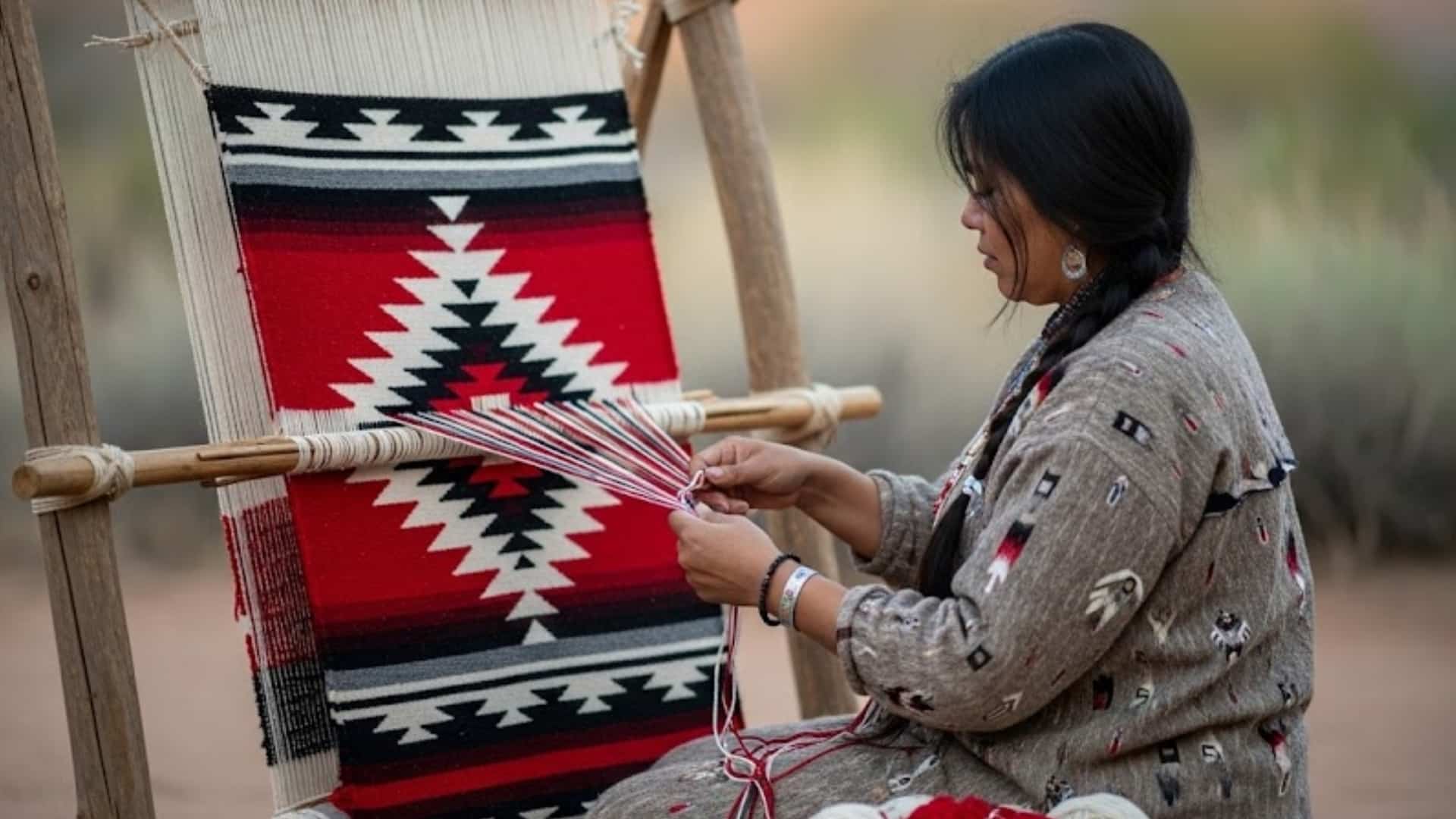
Native American tribes like the Navajo became master weavers, creating blankets that were both beautiful and practical. They used wool from sheep and dyed it with natural colors from plants and minerals.
Navajo blankets featured geometric patterns that often had spiritual meanings. These blankets were so well-made that they became valuable trade items, and people from other tribes would travel long distances to get them.
4. Middle East
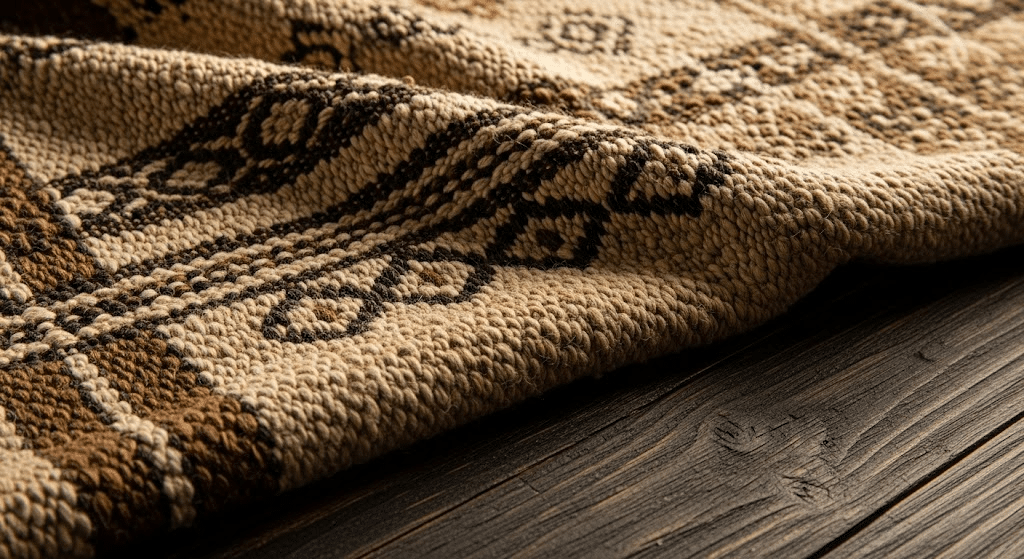
In the Middle East’s desert regions, people made blankets from camel hair and sheep wool. These materials were perfect for desert life because they kept people warm during cold nights but weren’t too heavy during hot days.
Camel hair was especially valuable because it was soft, strong, and naturally water-resistant. Desert tribes wove these blankets in earth tones that matched their sandy surroundings.
The Industrial Revolution and Mass Blanket Production
The Industrial Revolution completely changed how blankets were made. Before the 1700s, people had to weave blankets by hand, which took a very long time and made them expensive.
Then, machines were invented that could spin wool and weave fabric much faster than humans ever could.
These new wool mills meant that blankets could be produced quickly and cheaply. For the first time in history, ordinary families could afford to buy multiple blankets instead of making do with just one or two.
Factory owners also started experimenting with new materials like cotton blends, which were softer and easier to wash than pure wool.
This revolution turned blankets from luxury items into everyday necessities that almost everyone could own.
The Modern Blanket: Materials, Tech, and Trends
The blanket industry has changed dramatically over the centuries, moving from simple handmade coverings to high-tech comfort solutions. Here’s how traditional and modern blankets compare:
| ASPECT | TRADITIONAL | MODERN |
|---|---|---|
| Materials | Wool, cotton, animal hides | Polyester, fleece, bamboo, microfiber |
| Production | Hand-woven, slow process | Machine-made, mass production |
| Features | Basic warmth and comfort | Electric heating, weighted therapy, moisture-wicking |
| Technology | Natural insulation only | Thermal regulation, smart fabrics, temperature control |
| Sustainability | Naturally biodegradable | Recycled materials, organic cotton, and eco-friendly dyes |
| Special Types | Single-layer coverings | Weighted blankets, heated blankets, cooling blankets |
Today’s blankets offer features our ancestors never imagined – from electric heating to therapeutic weight distribution. As technology advances, manufacturers are also focusing more on environmental responsibility, creating blankets that are both innovative and sustainable.
Why Blankets are More than Just Warmth
Blankets do much more than keep us warm – they hold special places in our hearts and cultures. From the moment we’re born until we grow old, blankets become part of our most important memories and traditions.
- Baby blankets become treasured family heirlooms passed down through generations.
- Security blankets help children feel safe and provide emotional comfort during stressful times.
- Emergency blankets represent hope and community care during disasters.
- Cultural symbols appear in movies, books, and traditions as representations of comfort and belonging.
These simple pieces of fabric connect us to our emotions, memories, and each other.
Whether it’s a grandmother’s quilt or a favorite childhood blanket, these coverings wrap us in more than just warmth – they wrap us in love, security, and belonging that lasts a lifetime.
Wrapping It Up
The story of who invented blankets shows us how human creativity and survival instincts work together across time and cultures.
This simple piece of fabric has traveled through history, connecting ancient peoples to modern families through our shared need for warmth and comfort.
Every blanket tells a tale of innovation, culture, and care that makes this everyday item truly special. From prehistoric animal hides to today’s weighted and electric blankets, these coverings continue to evolve with our needs.
The next time you wrap yourself in your favorite blanket, you’ll know you’re part of an incredible human tradition that spans the globe.
What’s your favorite blanket memory? Share your cozy stories in the comments below!

